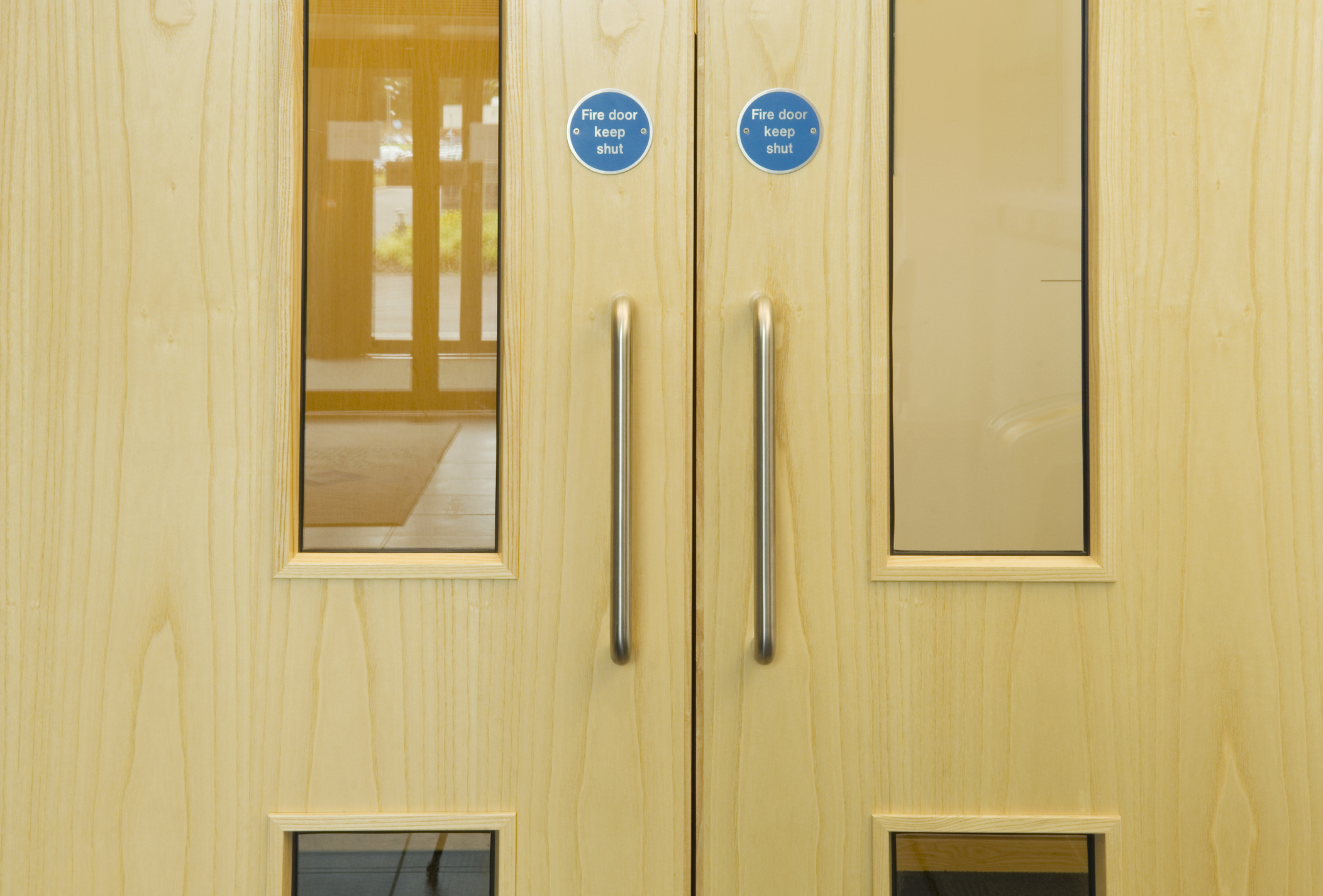
Fire Risk Assessments for Flats: Requirements & Information
The importance of fire safety in residential flats has been underscored by tragic events like the Grenfell Tower fire. Conducting thorough fire risk assessments is not only a legal obligation but a significant step in ensuring the safety and well-being of residents. This article explores the requirements, frequency, and components of fire risk assessments for flats, highlighting the importance of compliance and addressing common challenges.
Understanding Fire Risk Assessments for Flats
Fire risk assessments for flats are systematic evaluations designed to identify fire hazards, assess the risk of fire, and recommend measures to mitigate these risks. In flats, fire risk assessments must consider unique factors such as:
- Building Age and Compliance with Regulations: Older buildings in the UK may not meet current fire safety standards. This includes aspects like fire-resistant materials and modern alarm systems. Ensuring compliance with the latest Building Regulations (particularly post-Grenfell Tower fire regulations) is essential.
- Design and Layout of the Building: The design of UK flats, including the layout of individual units and communal areas, can significantly affect fire risk. Complex designs might complicate evacuation routes or fire containment efforts.
- Maintenance of Fire Safety Equipment: Regular checks and maintenance of fire alarms, smoke detectors, fire extinguishers, and emergency lighting systems are crucial. In the UK, these are often mandated by regulations and standards like the Regulatory Reform (Fire Safety) Order 2005.
- Electrical Safety Standards: Compliance with UK electrical safety standards is key, as faulty electrical systems and appliances are common fire hazards. This includes adherence to the UK wiring regulations (BS 7671).
- Quality of Fire Doors and Compartmentation: In the UK, the integrity of fire doors and the effectiveness of compartmentation (use of fire-resistant materials to prevent fire spread) are critical. These must be regularly inspected and maintained.
- Cladding and External Building Materials: Post-Grenfell, there is heightened awareness about the use of potentially flammable cladding materials on the exterior of buildings. Ensuring that these materials meet fire safety standards is crucial.
These assessments are critical in identifying potential fire hazards, ensuring appropriate fire safety measures are in place, and safeguarding the lives of residents.
Legal Requirements for Fire Risk Assessments in Flats
For flats, conducting fire risk assessments is not just a safety measure but a legal requirement. The regulatory framework outlines specific obligations for property owners and managers, emphasising the necessity of regular and thorough assessments. Failure to comply can lead to severe legal consequences, including fines and prosecution, underscoring the importance of understanding and adhering to these requirements.
Frequency of Fire Risk Assessments for Flats
The frequency of fire risk assessments in flats is determined by several factors, including the size of the building, the number of residents, and any previous fire incidents. Best practices suggest that assessments should be conducted at least annually, with additional reviews following any significant changes to the building or its occupancy. Regular assessments ensure that fire safety measures remain effective and up-to-date.
Conducting a Comprehensive Fire Risk Assessment for Flats
A comprehensive fire risk assessment involves a detailed examination of potential fire hazards unique to flats. This includes assessing electrical systems, heating equipment, and storage areas. Documentation and reporting are integral parts of the process, ensuring that all findings are recorded and actionable measures are implemented.
Requirements and Components of a Fire Risk Assessment for Flats
A fire risk assessment for flats must encompass several key elements such as evaluating escape routes and their adequacy, examining the integrity of compartmentation to prevent fire spread, and reviewing emergency procedures. It is also important to assess fire detection systems and firefighting equipment, ensuring they are accessible and functional.
Ensuring Compliance and Best Practices
Meeting fire safety standards in flats is not just about compliance but about commitment to safety. Regular inspections, ongoing maintenance, and updates following assessments are critical. Property owners and managers must adopt proactive measures for continual improvement in fire safety, ensuring that residents are living in a secure environment.
Addressing Common Challenges and Solutions
Conducting fire risk assessments in flats often involves overcoming various challenges, such as accessing all areas of the building and addressing the diverse needs of residents. Solutions include engaging with residents for better understanding and cooperation and employing qualified professionals to ensure thorough and compliant assessments.
Get in touch to learn how we can help with your next fire protection project
Join over 1,000 UK businesses who have already had Fire Protection installed by Ark Fire Protection.




